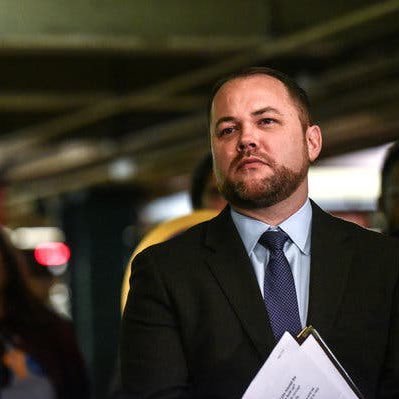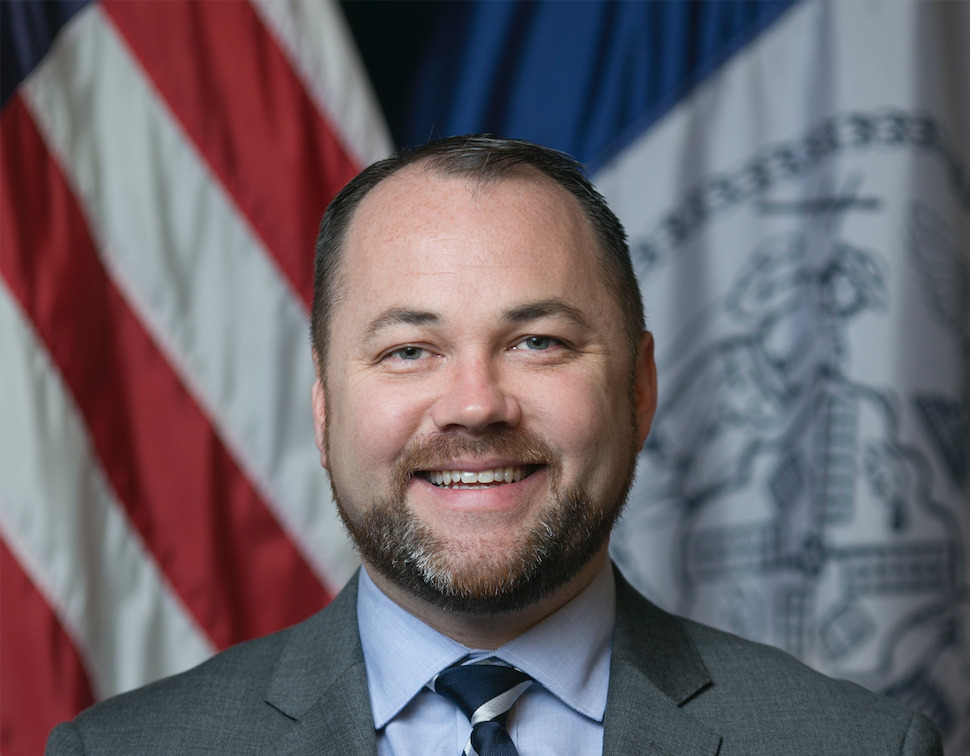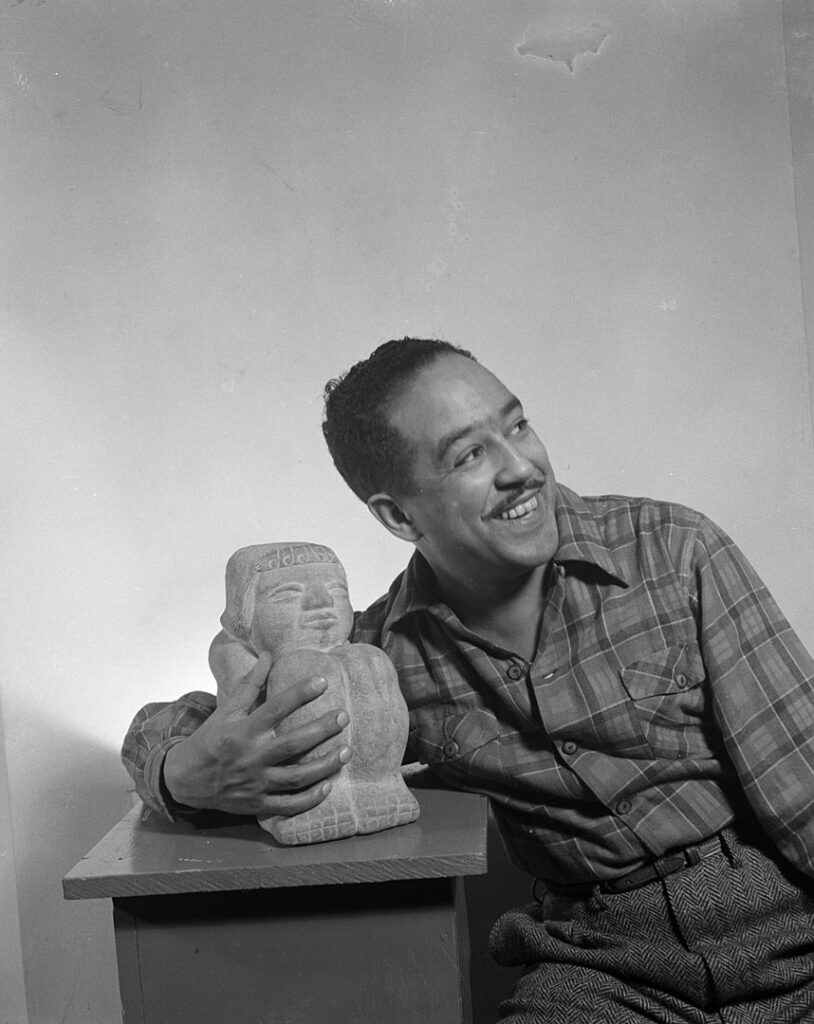LGBTQ members of the International Campaign to Abolish Nuclear Weapons honor New York nuclear disarmament heroes
LGBTQ Members of the International Campaign to Abolish Nuclear Weapons (ICAN), 2017 Nobel Peace Laureate, honor New York nuclear disarmament heroes and urge City Council Speaker Corey Johnson to reaffirm NYC as a nuclear weapons free zone.
In commemoration of the August 6 and August 9, 1945 bombings of Hiroshima and Nagasaki, LGBTQ nuclear disarmament advocates assembled outside the Municipal Building to deliver a letter to Council Speaker Corey Johnson urging him to bring NYC nuclear disarmament legislation, Resolution 976 & Introduction 1621, to the floor for a vote. The site of the gathering is rich with history, because the development of the atomic bombs began across the street from City Hall at the Manhattan Project headquarters, at 270 Broadway.

Often overlooked, LGBTQ activists have been at the forefront of the anti-nuclear movement. Among the signs advocates held that read “New York City Nuclear Weapons Free Heroes” were signs featuring photographs of members of the LGBTQ community who have had prominent roles in the history of the nuclear disarmament movement, including Bayard Rustin, Langston Hughes, David McReynolds, Danny Dromm and Leslie Cagan. One sign, with openly gay Speaker Johnson’s name affixed, reads, “Your photo here”, directly appealing to Speaker Johnson to recognize nuclear weapons as an issue that affects the LGBTQ community. The attitudes that allow the nuclear industry to exploit the planet for profit and endanger the lives of all sentient beings are the same attitudes that oppress gender variant people.
Knowing that any use of nuclear weapons in an urban area, whether accidental or intentional, would cause catastrophic consequences, New Yorkers took action. Bayard Rustin and Langston Hughes were early advocates for nuclear disarmament, linking nuclear weapons to racism and colonialism, from the mining of uranium in Africa and on indigenous lands such as Australia; to the dropping of bombs on Japan and the testing of thermo-nuclear weapons on the people of the Marshall Islands and Bikini Atoll. Walter Naegle, Bayard Rustin’s partner, said in testimony to the City Council, “In the late 1950s he was arrested not far from these chambers when he refused to take shelter during an air raid drill. Joining Dorothy Day and other peace activists, he remained in City Hall Park during a time of mandatory evacuation to underground shelters. Were he with us today, I know he would be here urging the NY City Council to move forward on these initiatives.”
Robert Croonquist, retired NYC public school teacher and pensioner, said: “Speaker Johnson, it is up to you and you alone to realign New York City’s priorities to our progressive values, both fiscally and morally. I spent my career teaching the youth of New York City how to create a better world. My pension must not be invested in their destruction. NYC can send a powerful message to the world. We prioritize human needs over nuclear violence.”
On June 12, 1982 the Rally Against the Arms Race drew approximately 1.2 million people to Central Park to protest nuclear weapons, according to lead organizer Leslie Cagan. In 1983, Council President Carol Bellamy led the City Council in passing a resolution declaring New York City a Nuclear Weapons Free Zone. Council Member Danny Dromm continues this tradition with the introduction of two pieces of nuclear disarmament legislation.
Beginning in 1954, New York City was surrounded by nuclear missile bases armed with 180 warheads. Two were within the City limits at Hart Island and Fort Tilden. Nike Hercules anti-ballistic missiles with warheads of 3, 20 or 30 kilotons (the yield of the Hiroshima bomb was 15 kilotons) were based directly adjacent to the public beaches at Jacob Riis Park. Since 1983, all nuclear weapons bases within NYC have been decommissioned, and the Navy reportedly avoids bringing nuclear-armed and/or -powered ships into the Harbor.
The Resolutions
Resolution 976 calls on the Comptroller to instruct pension funds to divest from companies involved in the production of nuclear weapons. Resolution 976 also re-affirms New York City as a Nuclear Weapons Free Zone in an effort to prevent nuclear weapons from being again placed within the territorial limits of the City of New York and joins NYC to the ICAN Cities Appeal, which calls on the U.S. to join the landmark Treaty on the Prohibition of Nuclear Weapons (TPNW). The TPNW, adopted by 122 countries in 2017, makes nuclear weapons comprehensively illegal and became international law on January 22, 2021.
Introduction 1621 establishes a Nuclear Disarmament and Nuclear Weapons Free Zone Advisory Committee to advise the City Council on environmental remediation policy for legacy sites within the five boroughs. In the race to produce the world’s first nuclear weapons, the Manhattan Project handled radioactive material at 16 sites within New York City. This included 1,200 tons of uranium ore in Port Richmond, Staten Island, 3.7 tons of thorium oxalate in Ridgewood, Queens and 150 tons of uranium materials at the Baker and Williams Warehouses in Chelsea. It will also conduct a comprehensive review of New York City’s current stance on nuclear weapons; submit an annual report for five years including recommendations for policy and legislation; and host discussions, public programs and other educational initiatives.







